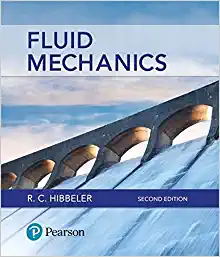Question
Activity 3: Roller Coaster https://www.mrwaynesclass.com/circular/activity/home.html From the circular Motion Activity menu, select Roller Coaster. The link Click here to learn how to estimate the coaster's
Activity 3: Roller Coaster
https://www.mrwaynesclass.com/circular/activity/home.html From the "circular Motion Activity" menu, select "Roller Coaster". The link "Click here to learn how to estimate the coaster's velocity." is on longer working. Listen to the lab intro recording to learn how you are going to calculate the coaster's velocity. 3.1) What is the length of the roller coaster train? (Assume each car is 2 m long and there are total 7 cars on the roller coaster train) 3.2) Use the stopwatch to measure the time it takes the coaster train to pass the highest point of the loop (Note: this is not the time for the train to pass the whole track) 3.3) What is the speed of the train at the highest point on the loop? 3.4) What is the centripetal acceleration of the train at the highest point? (R = 7.00 m at the loop's top.) 3.5) If the total mass of a car with riders is 455 kg, calculate the centripetal force of the car (with riders) at the top of the roller coaster.
3.6) Draw a free body diagram of a car at the top of the roller coaster. What is the apparent weight of the car (with rider) at the top of the roller coaster? 3.7) Is it possible for the train's centripetal acceleration at the highest point on the loop to be smaller than the gravitational acceleration? Explain why. What is the critical speed (the smallest possible speed without dropping off from the track) of the roller coaster cars at the top of the loop? Show your calculation and explain your work
Step by Step Solution
There are 3 Steps involved in it
Step: 1

Get Instant Access to Expert-Tailored Solutions
See step-by-step solutions with expert insights and AI powered tools for academic success
Step: 2

Step: 3

Ace Your Homework with AI
Get the answers you need in no time with our AI-driven, step-by-step assistance
Get Started


